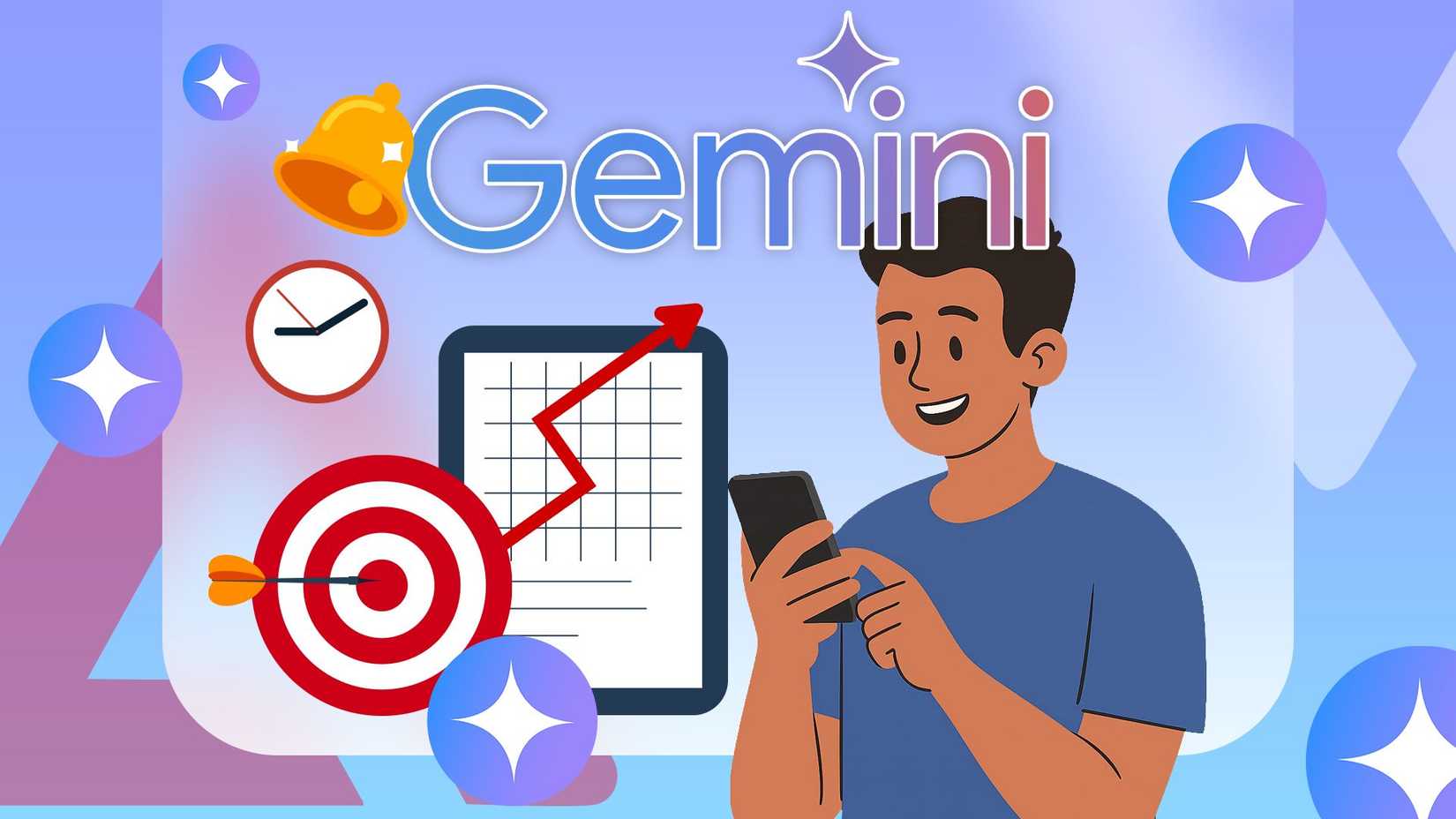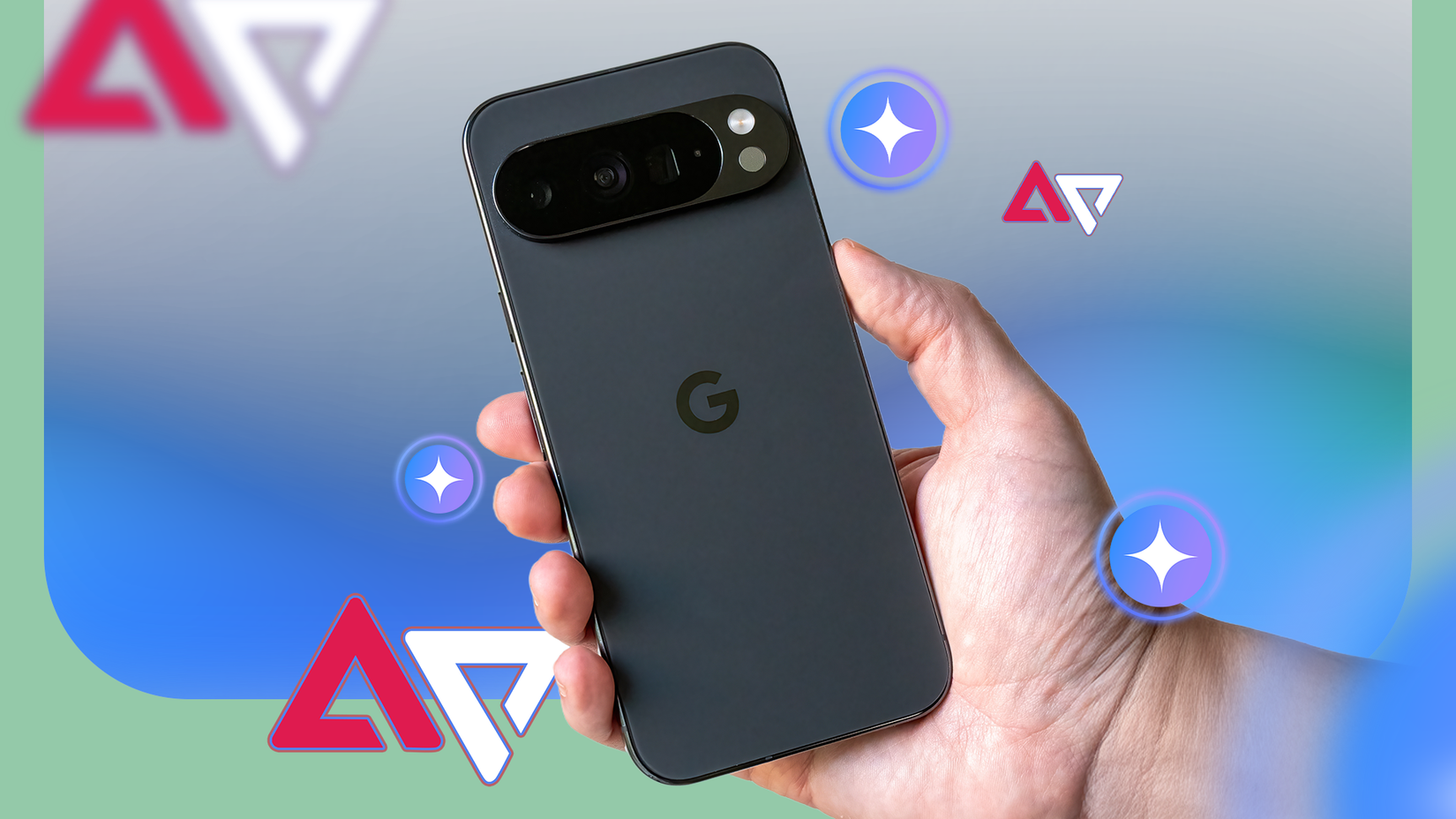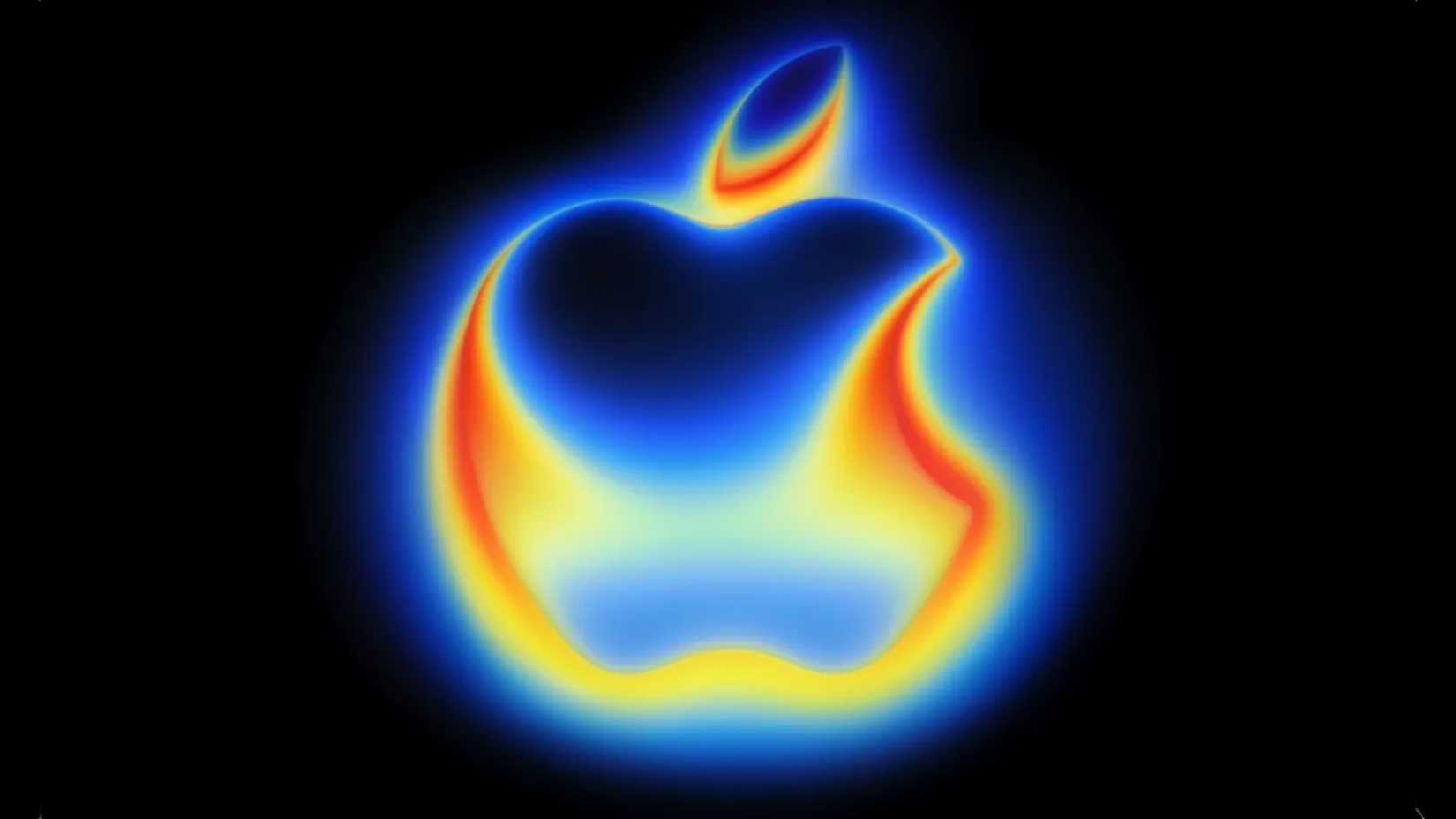For over a decade, millions have chosen an iPhone as their default choice. It’s polished, reliable, and consistently competent.
Each new model is incrementally better, reinforcing its status as the safe choice. Yet the gold standard has become mundane.
The Google Pixel 10 enters this predictable landscape. It’s an Android alternative that reflects a different view of what a 2025 smartphone should be.
Google is leveraging its core competencies to create a value proposition that mirrors the Apple experience while still setting itself apart.
This shift is strong enough to make even the most loyal iPhone users reconsider their allegiance. Let’s look at the seven reasons behind it.
7
Longtime Apple fans are calling the iPhone boring
Longtime iPhone users say the OS and hardware philosophy, though reliable, now feel stagnant. Forums are full of posts from loyal users who feel uninspired and say the core experience hasn’t changed in years.
Apple’s formula is polished, predictable, and profitable, yet the lack of innovation has made the premium price harder to justify.
This created an opening for a competitor who offered something new, and Google Pixel has become an antidote to this digital fatigue.
6
Pixel’s consistency keeps it the camera phone of choice
Google’s photographic advantage has never been about raw hardware. While the Pixel 10 Pro has a triple-camera system with high-resolution sensors, its strength is its processing pipeline.
Users praise the Pixel’s 10 stills for pleasing, consistent results straight from the camera. A suite of AI-powered tools complements this. From past favorites like Add Me to fresh additions like Camera Coach and Help Me Edit, on-device Gemini Nano makes professional photo editing easy to use.
Apple’s cameras can rival the hardware, but not this AI-driven edge. That’s a layer of intelligence the iPhone still lacks.
5
Pixel proves AI can be practical as Apple falls behind
The true power of Pixel’s AI lies in its focus on solving real-world problems and reducing daily friction. They’re practical tools people use daily.
A leading example is Call Screening. It uses Assistant to answer unknown numbers, transcribe in real time, and let you decide whether to pick up or hang up.
Circle to Search lets you look up anything on screen by circling it.
Gemini Live allows real-time conversation about what the camera sees or what’s on the screen, turning the phone into a visual search engine.
This philosophy of proactive assistance is expanding. Magic Cue acts in the background to anticipate your needs.
These features leverage the strength of Google’s search and information organization and build it into the OS.
The Tensor G5, co-designed with DeepMind, runs these generative AI models on-device. As a result, these features run quickly and privately without constant cloud calls.
These AI tools are frequently set against Apple Intelligence, which is lackluster in comparison.
4
Google is easing the iPhone-to-Pixel transition
Google is making hardware and software choices to reduce ecosystem friction and make the iPhone-to-Pixel transition easier.
One significant move with the Pixel 10 is adopting the Qi2 standard. Qi2 is an open standard based on and compatible with Apple’s MagSafe. Multiple MagSafe accessories—chargers, wallets, car mounts, and stands— now work with the new Pixel.
On the software side, Google provides easy alternatives for core ecosystem functions. Nearby Share is a comparable alternative to AirDrop for local transfers.
Google Meet can replace FaceTime for video calls. This reflects a fundamental difference in each company’s DNA.
Apple is a hardware company at its core. It built a closed, hardware-centric ecosystem with exclusives like Handoff and iMessage to sell more high-margin hardware.
Google is a software and advertising company at its core. It built an open, service-centric ecosystem to maximize engagement across platforms and manufacturers.
The Pixel phone isn’t the center of Google’s ecosystem. It’s the best first-party expression of it.
3
Pixel feels like the iPhone of Android and the ideal on-ramp
Beyond boredom, prospective switchers often cite recurring iOS usability issues. A recurring complaint is the notification system. Users call the iPhone’s notification center hard to manage, especially with high message volume across apps.
By contrast, Android’s notifications are often described as more logically presented, with easier dismissal and finer controls.
Others criticize iOS autocorrect and prefer Google’s Gboard for accuracy. Files on iOS feel cumbersome and limited compared with Android’s more open approach.
For years, rigid home-screen placement symbolized Apple’s restrictive design.
These fundamental interaction choices add daily friction and erode Apple’s “it just works” promise.
Pixel 10 is well-positioned to address all these frustrations. It’s the iPhone of the Android ecosystem.
The Pixel launcher experience pairs Android’s customization with a clean, curated, intuitive package.
Unlike heavy manufacturer skins, Pixel delivers a near-stock Android experience. It ships with minimal bloat and is simple to use, making it an easy on-ramp for users from Apple’s polished but closed setup.
If the iOS keyboard frustrates you, Gboard on the Pixel is a clear upgrade. Tired of clunky file management? Android makes it simple.
Pixel also adds extra perks like multiple user profiles and a Private Space for separate work and personal use. These are just a few of the Android tricks the iPhone lacks.
2
Pricing looks similar, but the value is not
The phones are priced competitively. The base models of the Pixel 10 and iPhone 17 are $799. The key difference, however, lies in the promotions.
Google and its carrier partners offer more aggressive deals for the Pixel lineup. Pixel 10 Pro purchases include a free Google AI Pro and Google One plan. The package includes premium Gemini access and Google One storage — a tangible value of over $200.
This software value proposition is something Apple does not currently match.
1
The gaps Google has yet to close with the iPhone
Despite rapid Pixel progress, Apple’s hardware ecosystem remains a strong anchor for existing users. Tight integration among Apple Watch, MacBook, and iPhone creates a seamless experience that rivals still struggle to match.
While AirPods are easily replaceable with Pixel Buds, Apple Watch and MacBooks continue to deliver strong value.
Furthermore, Pixels retains a reputation for exceptional still photos and often sets mobile standards. The gap shows up in the video.
The iPhone is the stronger video choice, with more consistent performance, color, and stabilization.
It’s also not fair to underestimate Apple’s silicon power. The A-series chips continue to outpace Google’s Tensor in raw performance.
That said, the Pixel 10 is more than capable of performing day-to-day tasks. The CPU limitations mainly appear under heavy loads, such as intensive gaming or multitasking.
For creators and gamers who rely on their phone as a primary camera or a gaming device, this remains an edge the Pixel hasn’t matched yet.
Apple users are already living in Google’s ecosystem without noticing
Apple’s ecosystem has long been the strongest argument against leaving the iPhone. Walking away from Apple meant giving up too much convenience.
Yet, a closer look at daily habits shows that iPhone users often live in Google’s world. They use Google to search. Their go-to iOS apps are Gmail, Google Maps, and the Google Workspace suite, lowering the switching friction.
Moving to the Pixel 10 would feel less like a switch and more like a homecoming for these users.
Google Pixel 10
- SoC
-
Google Tensor G5
- Display type
-
Actua display
- Display dimensions
-
6.3 inches
- Display resolution
-
20:9





